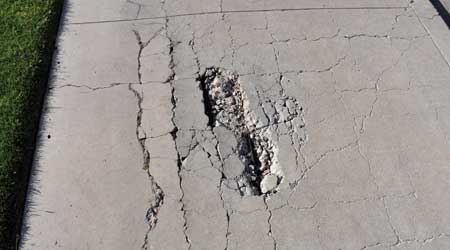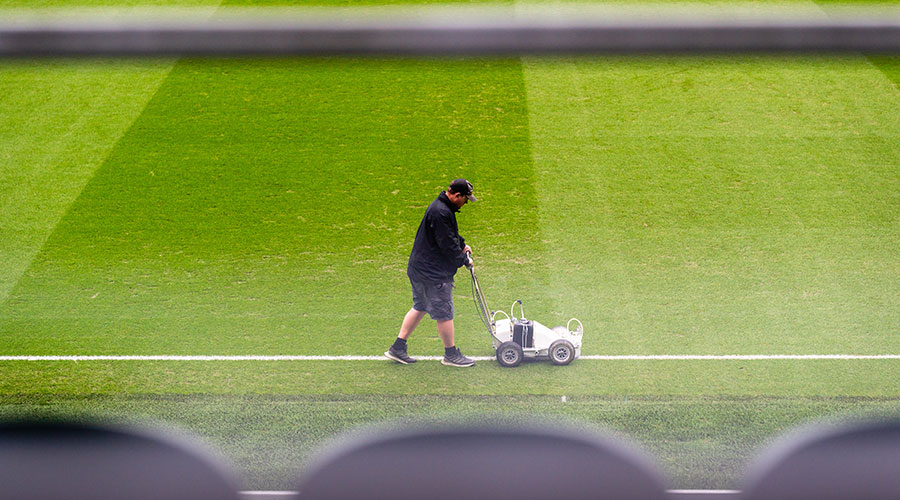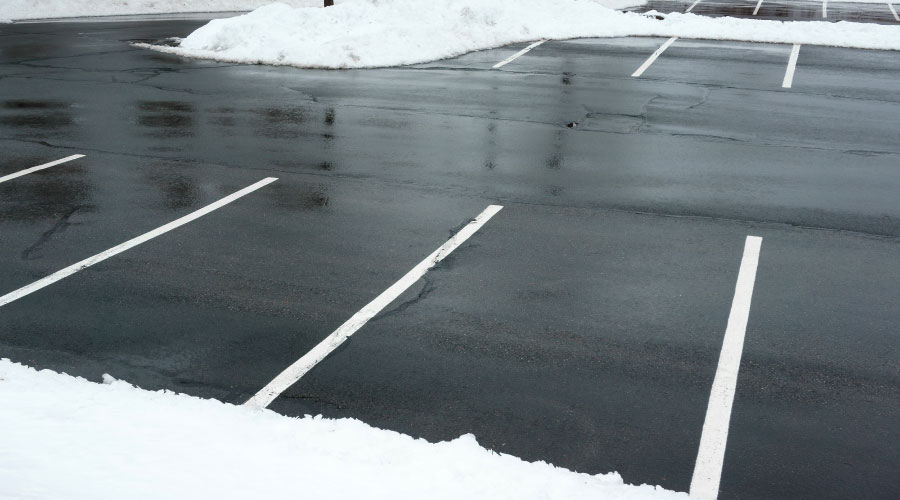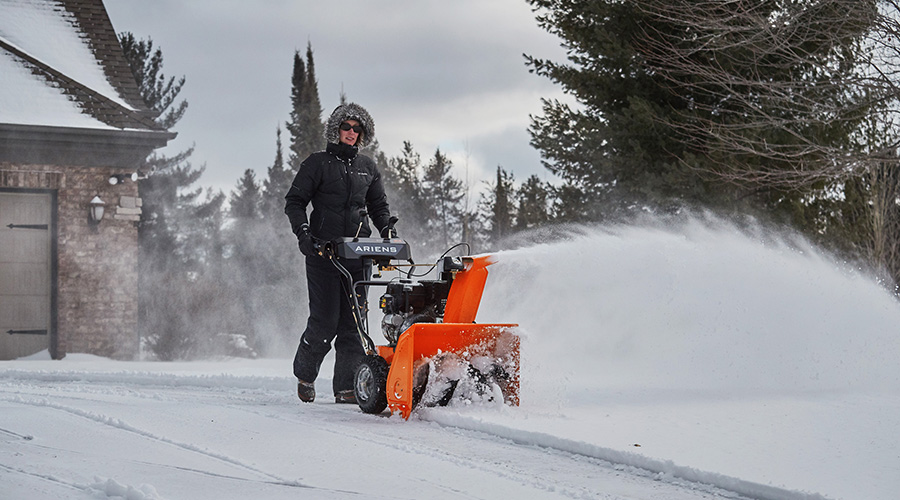Concrete Repair Strategies
Protecting and maintaining sidewalks and parking garages requires a comprehensive, strategic approach
Concrete sidewalks, ramps, streets and parking lots and garages often perform reliably for many years. But these hardscape components around institutional and commercial facilities can do so only if maintenance managers implement a comprehensive program for concrete surfaces that helps technicians address small problems early before they become larger and more costly.
By developing inspection guidelines for common causes of problems, combining them with effective repairs, materials and equipment, and specifying coatings to protect surfaces, managers can extend the performance life of concrete components and minimize trip-and-fall hazards.
Maintenance matters
Regular inspection and maintenance are keys to trouble-free concrete. In addition to annual inspections, managers can schedule technicians to perform several relatively painless steps that will improve performance and reduce overall costs.
For exposed concrete surfaces, such as sidewalks and drive aprons, regular cleaning prevents the buildup of dirt and grime — materials that can create hazards for pedestrians. The frequency with which workers need to clean these surfaces depends on the site conditions. At least annually, workers should remove stains from concrete surfaces.
For concrete parking garages, workers can use a machine each week to sweep all drive and parking areas. Every six months, they should check floor drains to ensure they flow freely and clean them if necessary. At that same time, they can wash the drive and parking areas.
For building envelope components, annual cleaning might be required, depending on the local environment. Workers need to remove stains and graffiti as quickly as possible. Also, they should inspect all concrete joints every six months and reseal them as necessary to prevent water intrusion.
Departments need to take signs of corrosion in reinforcing steel seriously and deal with them quickly to prevent larger and more costly problems.
Effective repair strategies for concrete depend on following a proven repair procedure. This seven-step method can help ensure longer-lasting and less costly repairs: Determine the cause of the damage. Assess the extent of the damage. Evaluate the need to repair. Determine the needed repair method. Perform a thorough preparation of the old concrete surface. Finish the repair properly, including curing the concrete.
If workers patch concrete surfaces but do not address poor drainage that can cause water to pool and freeze, the repair will not last because they did not address the cause of the problem. Workers should visually examine the extent of the damage to concrete surfaces for any deterioration.
Workers can detect deeper defects by placing a hand near the hammer blow and checking for sand particles on the surface. Vibrations or bouncing sand articles can indicate a damaged area.
Related Topics:













